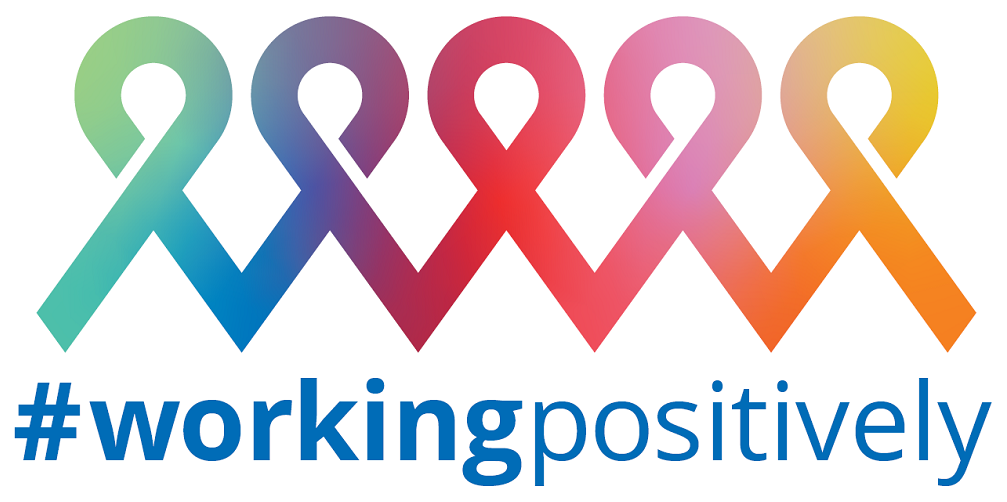Earth Day
This Earth Day the Sun Is Shining On Solar Homes
April 17, 2017 | Written by: James Strapp
Categorized: Earth Day
Share this post:
As we mark Earth Day on Saturday (April 22), we see greater interest in the use of renewable energy sources. Decreasing energy production costs, increased public environmental responsibility and changing incentive policies are prompting more and more consumers to consider renewable energy sources.
Residential solar energy, in particular, is gaining traction around the world. A new IBM Institute for Business Value (IBV) survey of more than 41,000 consumers in six countries found that the major factors influencing the decision to “go solar” include environmental benefits, cost savings, energy independence and reliability.
Through the end of this decade, robust growth is expected across all three market segments of solar power: residential, non-residential and utilities. While utilities will account for the largest solar capacity growth, residential consumers have pursued solar with considerable enthusiasm, despite the relatively high – but steadily decreasing – price tag.
Dovetail Solar and Wind company, for example, estimates that it costs about $19.000 to invest in a five-kilowatt, roof-mounted solar system for a home in the Midwest US. Our study found that 65 percent of the respondents expected payback from their residential solar investment within five years.
Of the group of respondents in our survey who said they either had installed or intend to install solar equipment, 73 percent said they plan to do so within the next three years. Businesses – with their larger power needs – are moving even faster, with 70 percent planning to move ahead in two years or less.
Our study also found that solar installation was much less complex than the home owners originally thought. Fifty-nine percent expected a very complex operation, but only 38 percent found it complex, and 30 percent said described the process as “easy.”
Homeowners in our study fell into two distinct categories: the cost conscious and “customizers,” though they shared some common traits, such as environmental consciousness and their concern about initial cost and financing. But there were also some key differences.
Cost-conscious consumers were focused much more on anticipated cost savings and were far more likely to accept a simple turnkey solution. They focused on cost reduction and use of a supplier with a strong market reputation. They placed a greater emphasis on insulation and energy audits, and were more likely to have a smart thermostat. They had a greater knowledge of possible solar incentives. And of the possible installers, they tended to prefer utilities or general contractors to install their solar panels.
“Customizers” were more inclined to look for tailored solutions and seek guarantees that their selected energy sources would operate correctly, be installed properly and offer a service and repair package. They tended to prefer legacy electric providers when choosing from among competitive suppliers, had longer planning horizons, expected longer payback periods and were less likely to inform their utilities of their plans. They also indicated they felt their utilities did not adequately support their solar installations.
As the solar energy industry matures, the associated infrastructure and related technologies must also become more robust to maintain utility network performance. The commercial deployment of such technologies can fundamentally change the nature of the distribution business and will need to be supported by new business models and processes. Energy supply and demand forecasting, distribution planning, network connectivity and communications, along with consumer interaction, will need to change significantly.
More profoundly, new business models and new relationships with energy consumers will be necessary. The new energy marketplace will be more competition; rapidly disrupted by changing maturing energy, information and consumer technologies; and driven by environmental consciousness.
Today’s utilities need to consider their role in an ecosystem of multiple energy providers and customer engagement platforms. They need to identify their true customers, and establish a much deeper relationship with these customers.
Unlike past changes in the industry, the pace of residential solar energy adoption will not be regulated by government policies and dates, but exposed to much more unpredictable individual consumer choices. Our survey indicates many customers are poised to choose solar.

Vice President, Global Solutions, Energy and Utilities, IBM
Making the workplace safe for employees living with HIV
The recent promising news about Covid-19 vaccines is in sharp contrast to the absence of a vaccine for HIV, despite decades of research. Unlike Covid-19 with a single viral isolate that shows minimal diversity, HIV circulates in a wide range of strains that so far have proven impervious to a single vaccine. Fortunately, more people […]
Call for Code for Racial Justice Needs You: Join the Movement
IBM has never avoided taking on big challenges. At IBM, we are privileged to drive impact at scale. We take on challenges that transform our clients, impact people’s lives and innovate for future generations as we strive to effect systematic societal change. Over the course of our 109-year history, the evidence has become clear that […]
A New Wave: Transforming Our Understanding of Ocean Health
Humans have been plying the seas throughout history. But it wasn’t until the late 19th century that we began to truly study the ocean itself. An expedition in 1872 to 1876, by the Challenger, a converted Royal Navy gunship, traveled nearly 70,000 nautical miles and catalogued over 4,000 previously unknown species, building the foundations for modern […]


